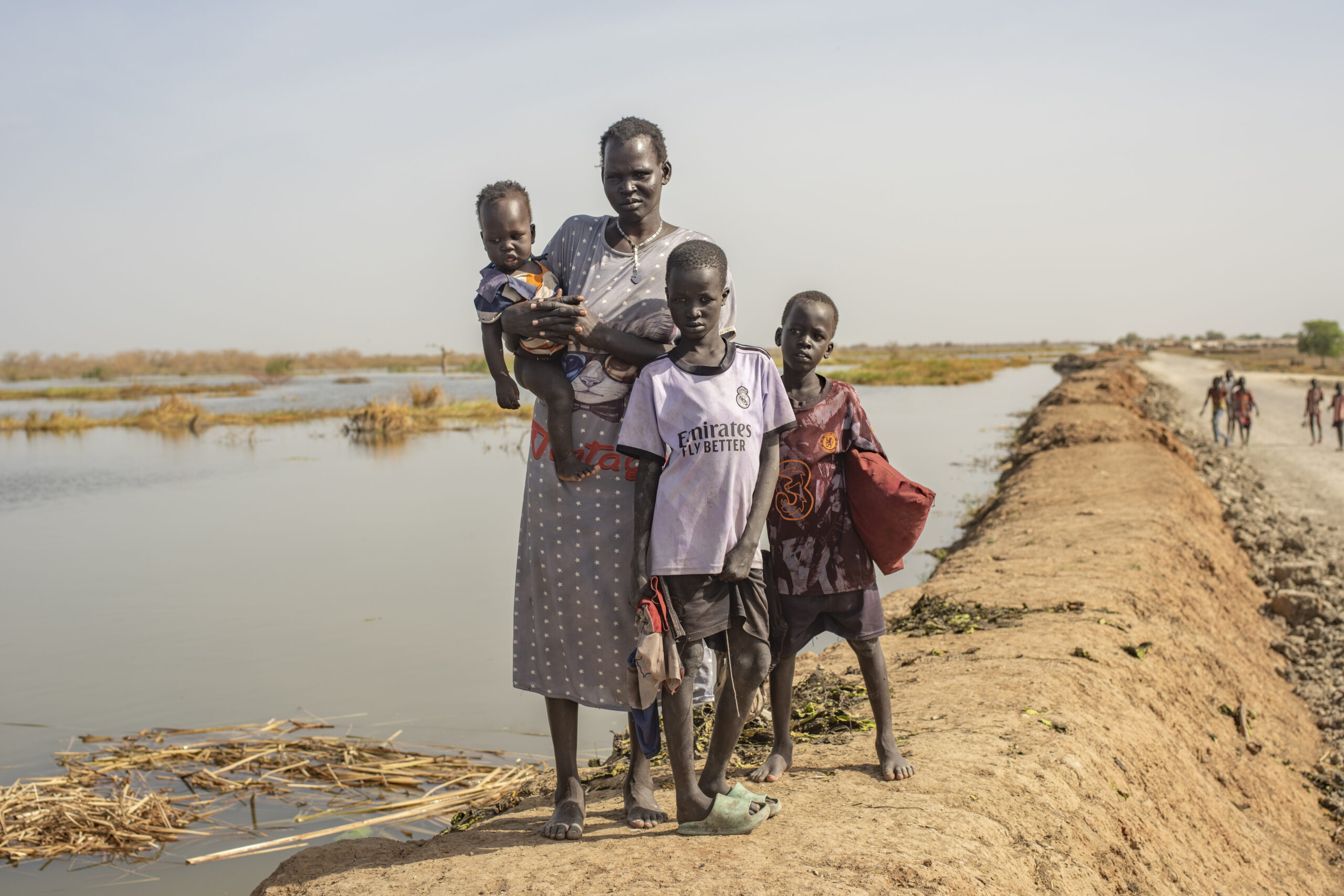
After flood waters submerged their village, Nyeritea Kay Nakney and her three children travelled by canoe to a camp for internally displaced people in Bentiu, South Sudan (March 2023). © UNHCR/Andrew McConnell
Our understanding of these links is growing, but the ways in which our rapidly changing climate is forcing people to move and making life harder for those already displaced are complex and evolving. This has allowed myths and disinformation to abound. Here are five of the most common myths associated with the climate crisis and displacement, followed by what we know.
Climate change will trigger large-scale cross-border movements from the Global South to the Global North
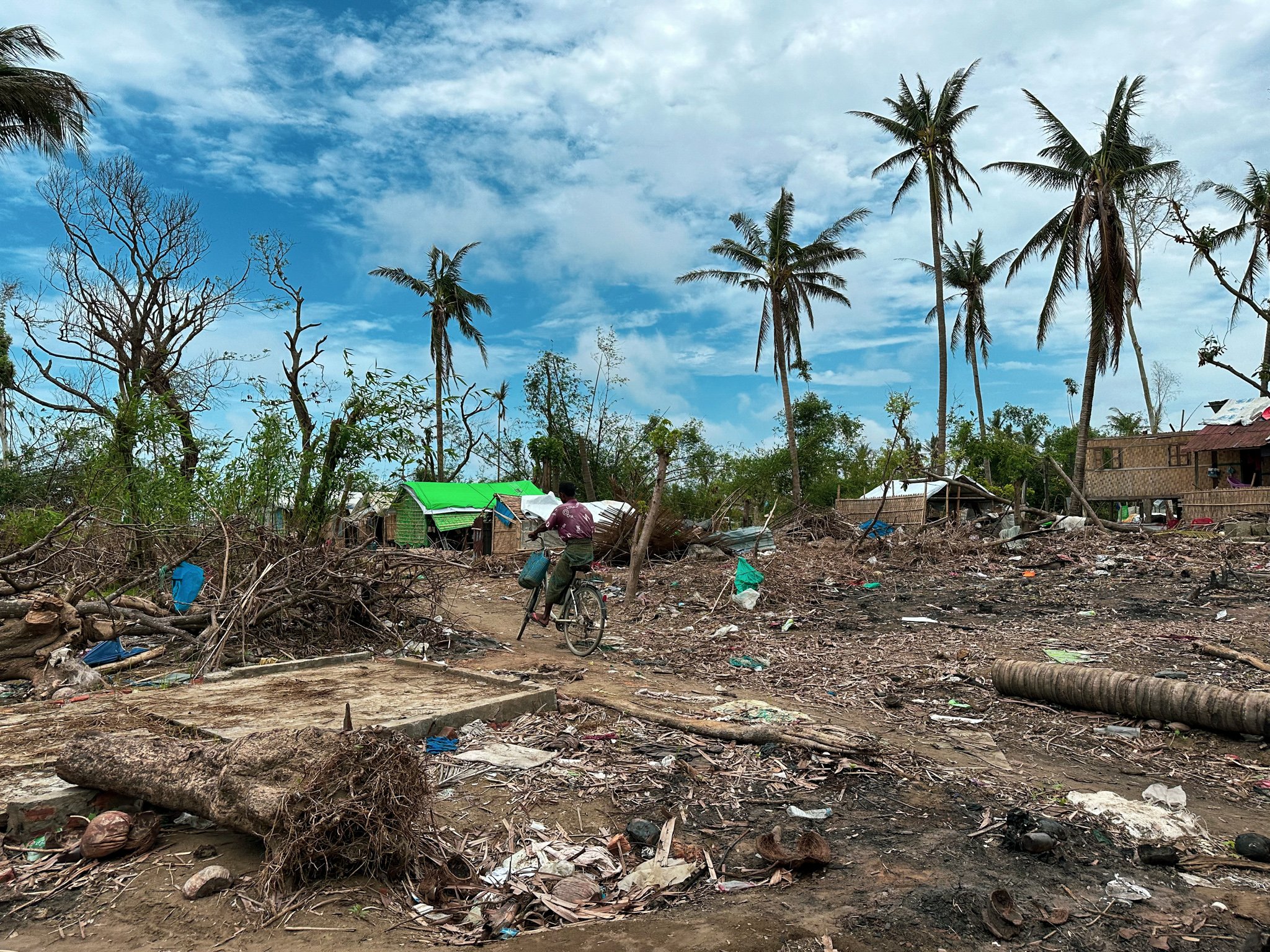
Suggestions that large numbers of people fleeing climate change in the Global South will head to the Global North are not supported by current evidence. The majority of people forced to flee due to climate-related disasters move within their own countries. In 2022, for example, disasters triggered a record 32.6 million internal displacementsLink is external, of which 98 per cent were caused by weather-related hazards such as floods, storms, wildfires and droughts, according to the International Displacement Monitoring Centre (IDMC).
Less data is available on cross-border movements following disasters, but we know that 70 per cent of all refugees live in countries neighbouring their own. Whether fleeing conflict or disaster, people prefer to remain as close as possible to home and family. Those forced to abandon an area severely affected by climate change are also less likely to have the means to move long distances.
People displaced by climate change are “climate refugees”
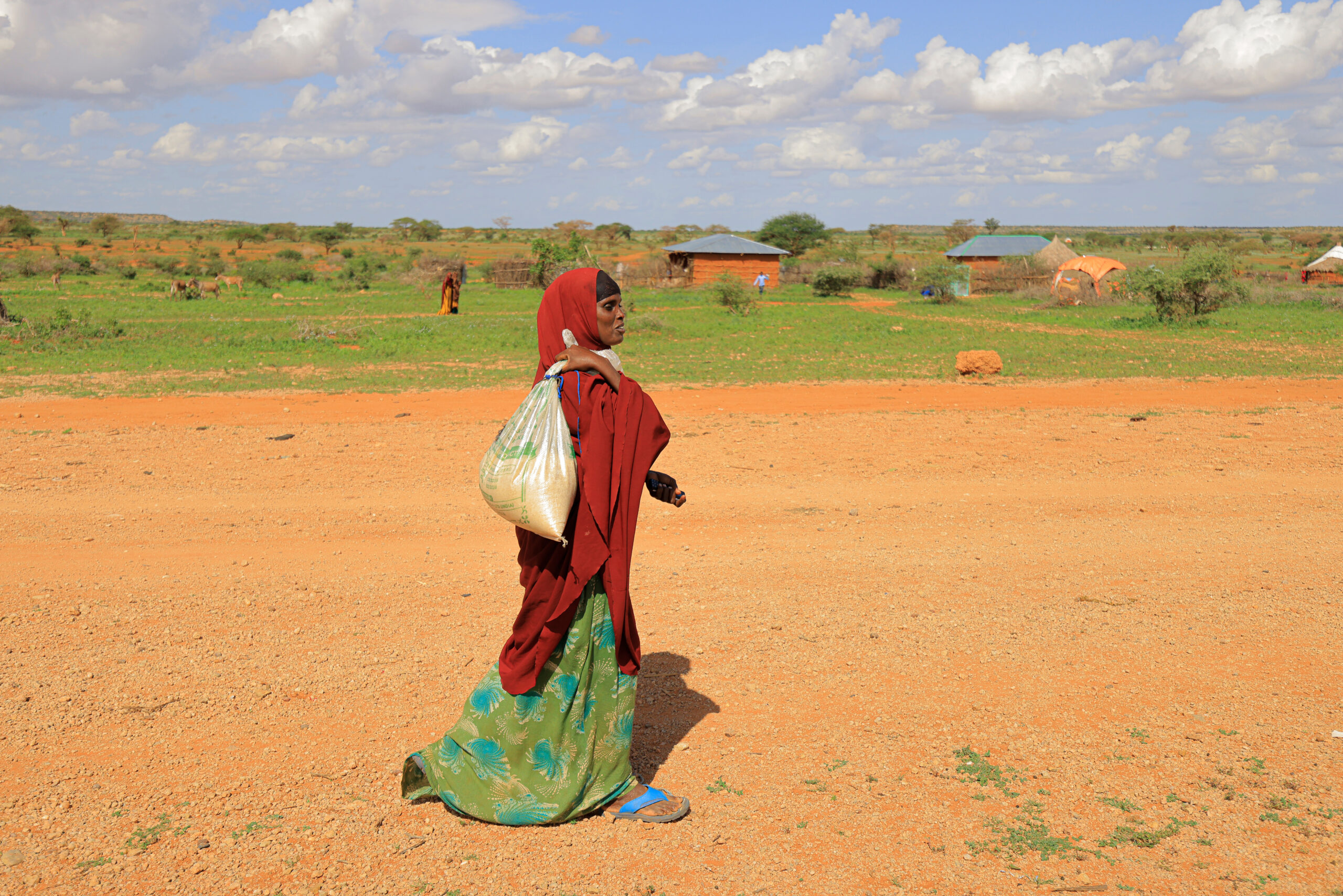
“Climate refugees” is a phrase often used in the media to describe people who are forced to move from their homes due to climate-related events, but it is not a term officially recognized in international law. As mentioned above, most climate-related displacement is within countries, whereas the 1951 Refugee Convention offers protection only to those fleeing war, violence, conflict or persecution who have crossed an international border to find safety. Although displacement solely in the context of climate change or disasters is not covered by the 1951 Convention, it can apply when an individual’s risk of facing persecution or violence is increased by climate change. For example, in northern Cameroon in 2021, hundreds of people were killed and tens of thousands fled to neighbouring Chad following violence between herders and fishermen that was sparked by dwindling water resources linked to climate change.
Regional refugee laws may also provide protection. Refugee definitions in the Organization of African Unity Convention and Latin America’s Cartagena Declaration both include those seeking refuge due to events “seriously disturbing public order”, which could include climate-related events.
“Climate-related displacement” only refers to people fleeing extreme weather events
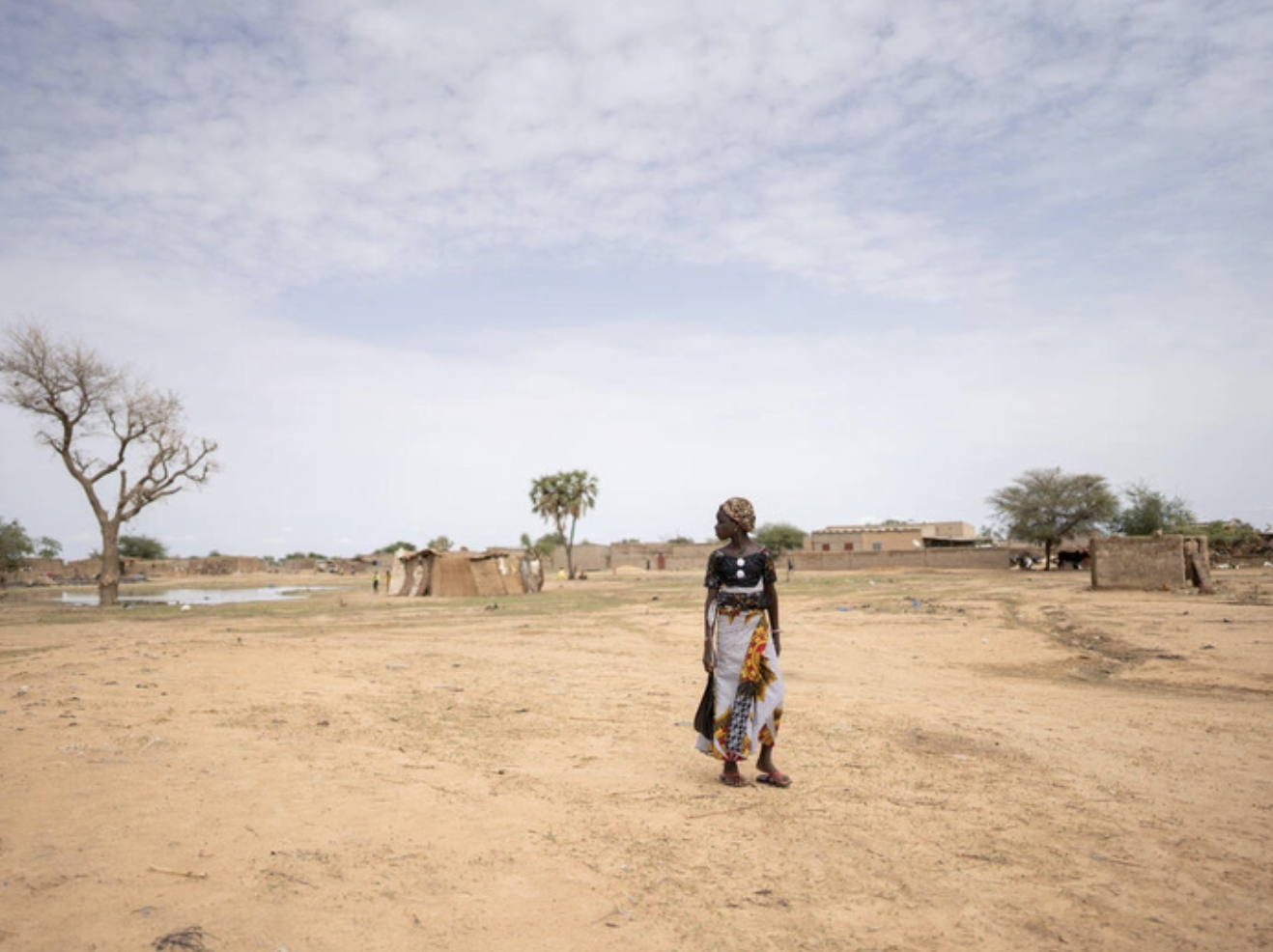
As climate change causes more frequent and extreme weather events, more people are being displaced by floods, cyclones and droughts. The nearly 32 million displacements caused by weather-related hazards in 2022 represents a 41 per cent increase compared to 2008 levels. But besides displacements directly resulting from extreme weather, climate change is what we call a “threat multiplier” — it magnifies the impact of other factors that can contribute to displacement such as poverty, loss of livelihoods, and tensions relating to dwindling resources, ultimately creating conditions that can lead to conflict and displacement. In Burkina Faso, for example, some of the worst violence and displacement in recent years has taken place in the poorest, most drought-affected areas where armed groups have exploited tensions over shrinking sources of water and arable land. At the same time, the presence of violence and conflict can severely undermine the capacity of governments to respond to the effects of climate change.
This understanding of climate change, as being not just a direct driver of displacement but a “threat multiplier”, is key to UNHCR’s response.
We can predict how many people will be forcibly displaced by climate change
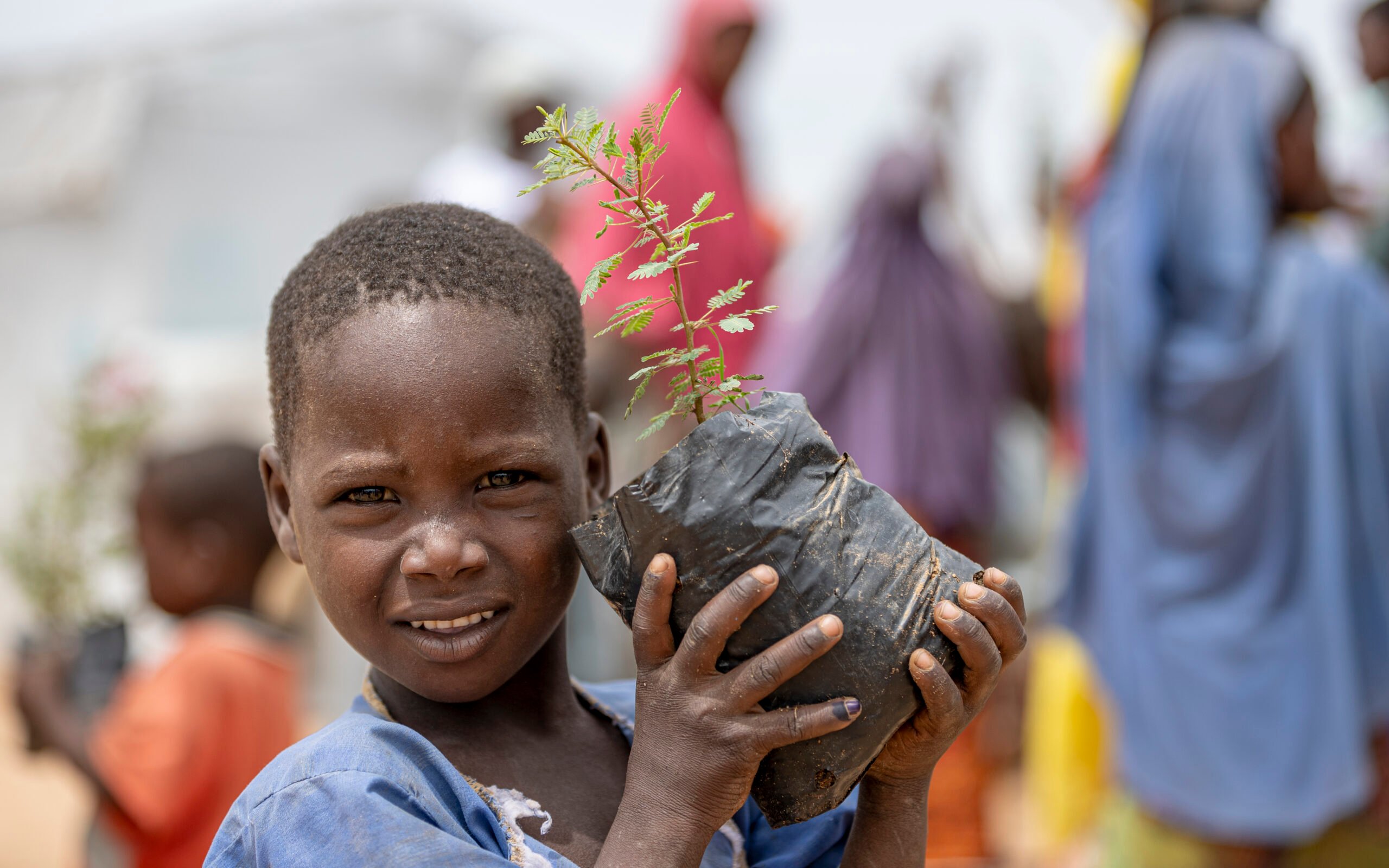
While we know that sudden onset disasters are displacing millions of people worldwide, the complex interlinkages between climate and other factors, such as conflict and fragility, make it difficult to know how many displacements can be attributed to climate change alone.
Predicting how many people will be displaced in the future is even more difficult because that figure will be largely driven by what measures we take now to limit global temperature increase and adapt to the changing climate. The most we can do is use data to model trends, including future climate risk, to anticipate vulnerability for different populations, and to identify adaptation and preparedness efforts which can mitigate those risks and future displacement. The Sahel Predictive Analytics Project, for example, identifies key drivers of vulnerability in the Sahel – including climate change – and then provides predictions on how those risks may change in the future depending on how proactively we respond.
It’s too late to act to prevent displacement related to climate change
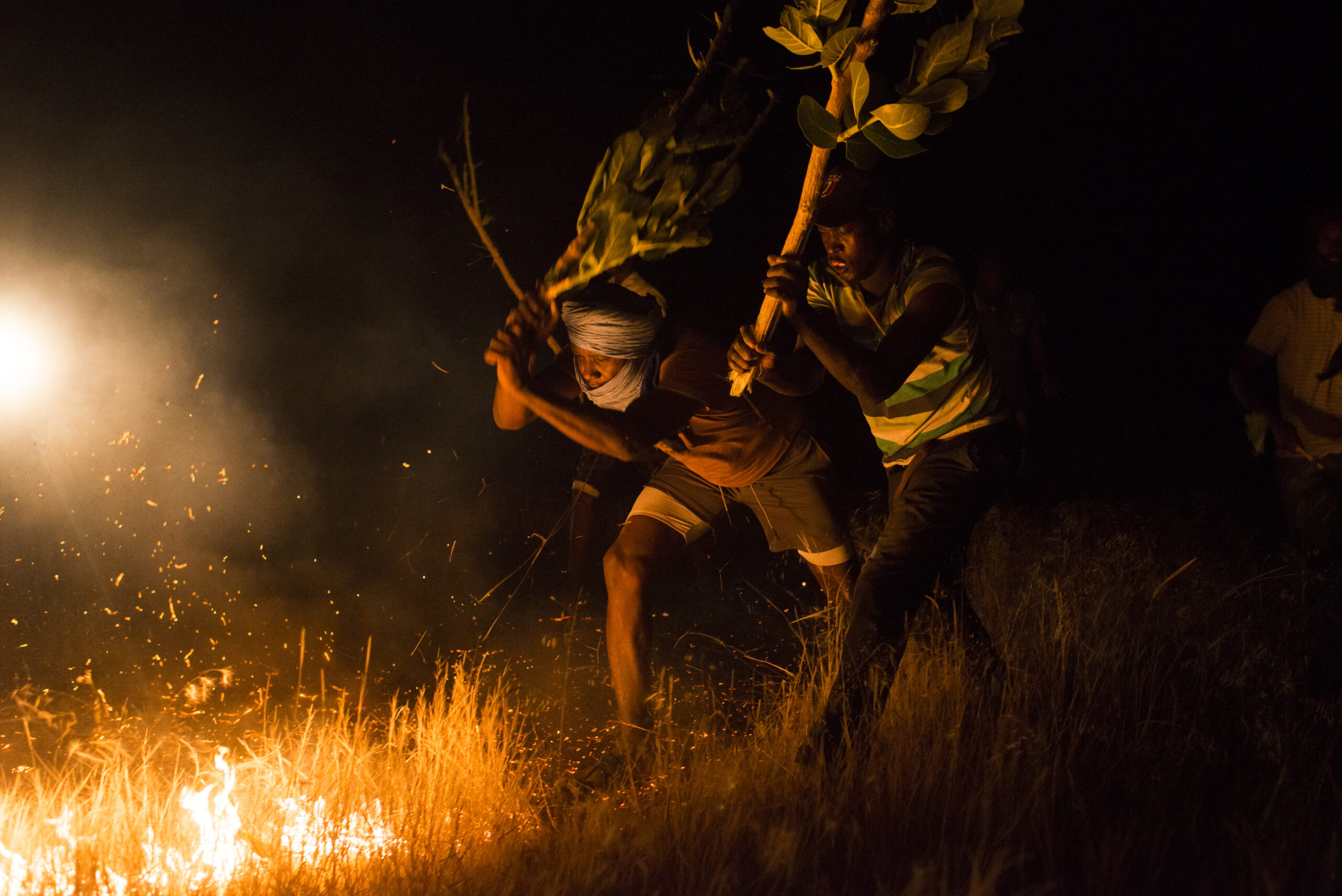
It’s true that the climate is already changing and that the average temperature is now about 1.1°C warmer than it was in the late 1800s. But it is not too late to act, either to cut emissions to minimize further global heating, or to invest in adaptation that increases the resilience of vulnerable populations and reduces the risk that people will be displaced or otherwise adversely affected. We can help people better prepare for extreme weather and adapt to the changing climate. We can also tackle some of the other root causes of displacement that are amplified by climate change such as poverty, inequality and violence.
Refugees and internally displaced people are among those taking action to build resilience and adapt to the impacts of climate change, for example through tree-planting projects, advocacy campaigns, disaster preparedness efforts and fighting bush fires. At this year’s UN Climate Change Conference in Dubai – COP28 – they are calling for more support for refugee-led organizations that are carrying out such interventions, and for a seat at the table to ensure decisions are not taken about them, without them.
Share on Facebook Share on Twitter